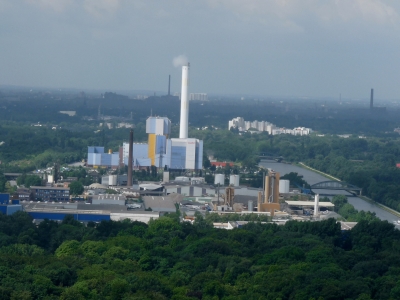FEAD is very disappointed that waste-to-energy has been negatively portrayed in parallel pieces of legislation, i.e. in a recently published technical guidance on the Resilience and Recovery Fund. We strongly argue that a proper assessment is needed of the conditions under which waste-to-energy successfully contributes to the said objectives.
According to a recent study by PwC (2020), waste-to-energy unequivocally contributes to climate mitigation and circular economy, by:
- safely treating waste that cannot be reused or recycled, by taking pollutants out of the eco-cycle.
- significantly avoiding CO2 emissions by:
- turning waste into energy to produce heat, steam and electricity, which can effectively substitute fossil fuels as a low-carbon alternative.
- recovering valuable secondary raw materials (e.g. metals and aggregates) that can be used in new products and processes.
Moreover, it should be noted that, in terms of market needs, 142 million tonnes of residual waste treatment capacity will be needed by 2035 to fulfil the current set of EU targets for municipal waste, non-hazardous commercial waste, and industrial waste needs. With the current waste-to -energy capacity at 90 million tonnes, this leaves the EU market with a gap of approximatively 40 million tonnes of non- recyclable waste that must be somehow treated.
Peter Kurth, FEAD President, stresses that: “with proper waste management plans in place, waste-to-energy installations are crucial to safely treat non-recyclable waste by producing electricity and heat. This is a potential that would be otherwise lost. It is important for EU recycling markets that waste-to-energy is regarded as an essential step in the waste hierarchy, and remains a sustainable part of the waste management chain. We strongly urge the European Commission to look at the facts and assess the potential of this key activity”.








